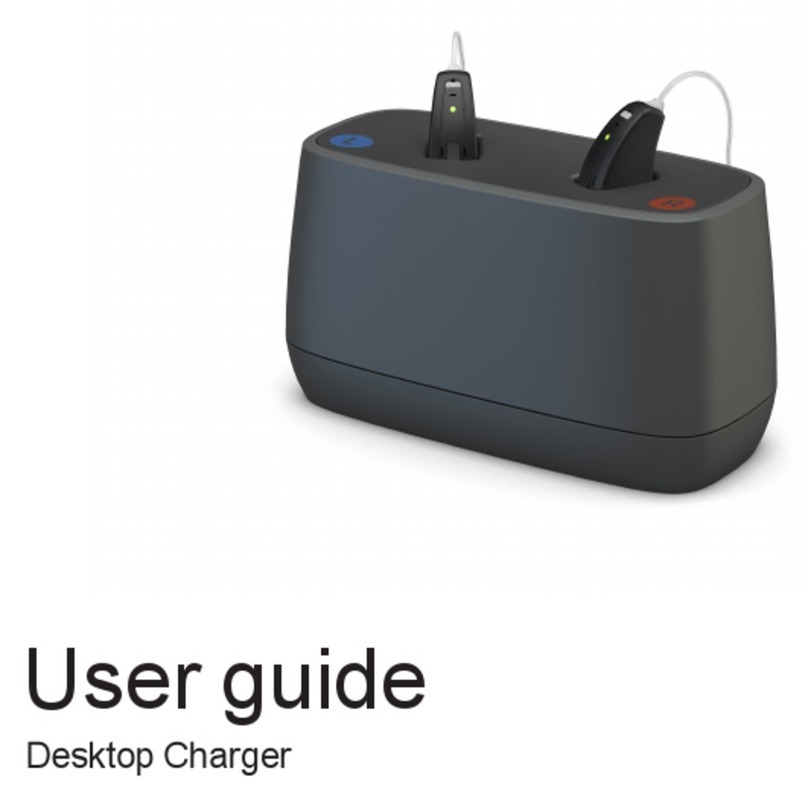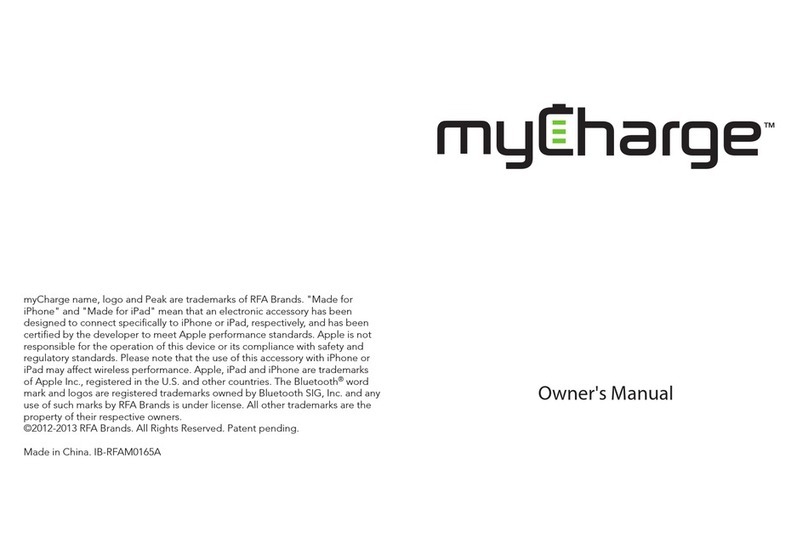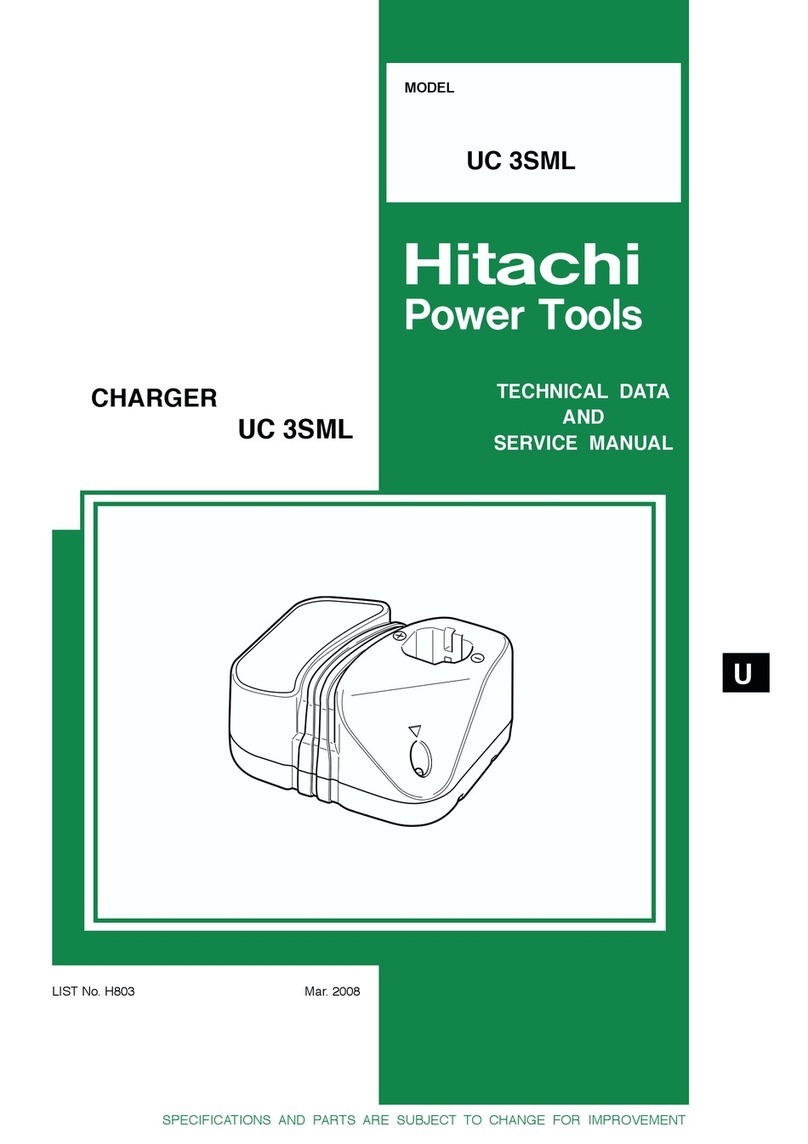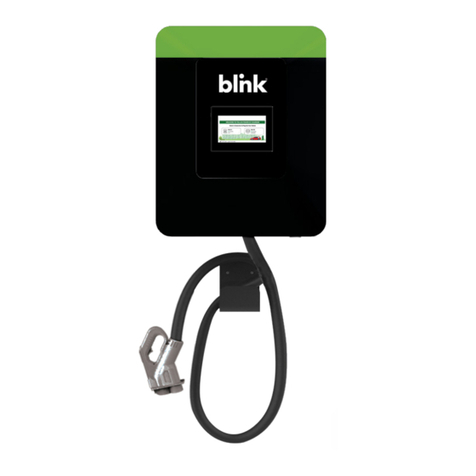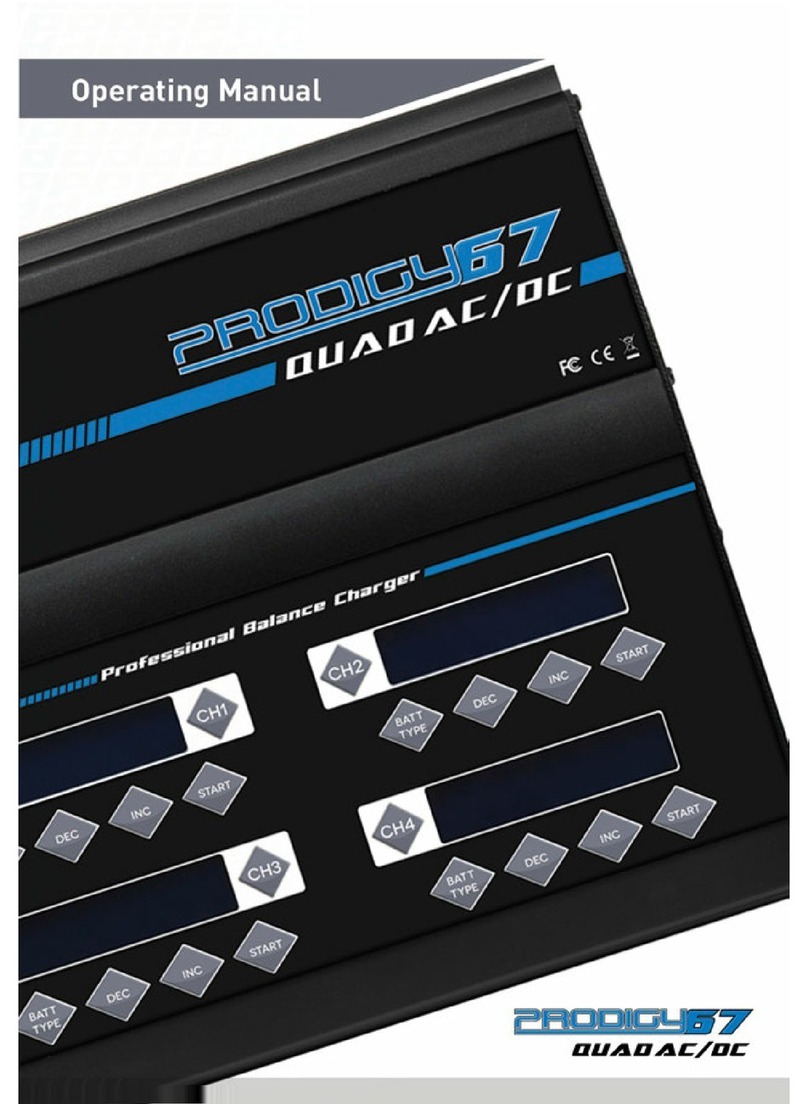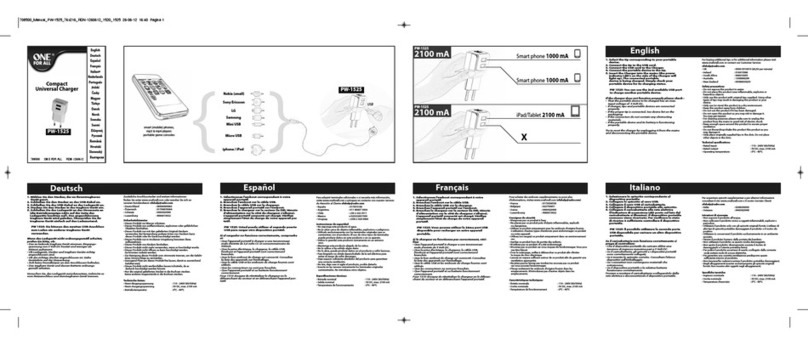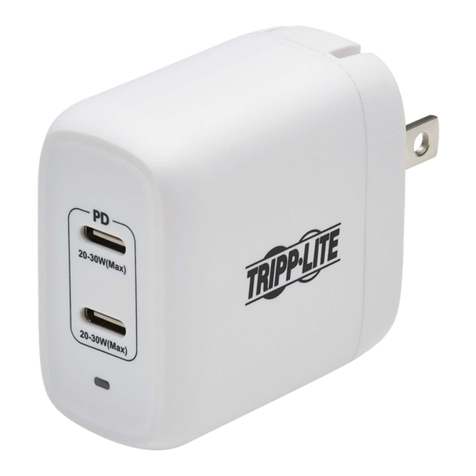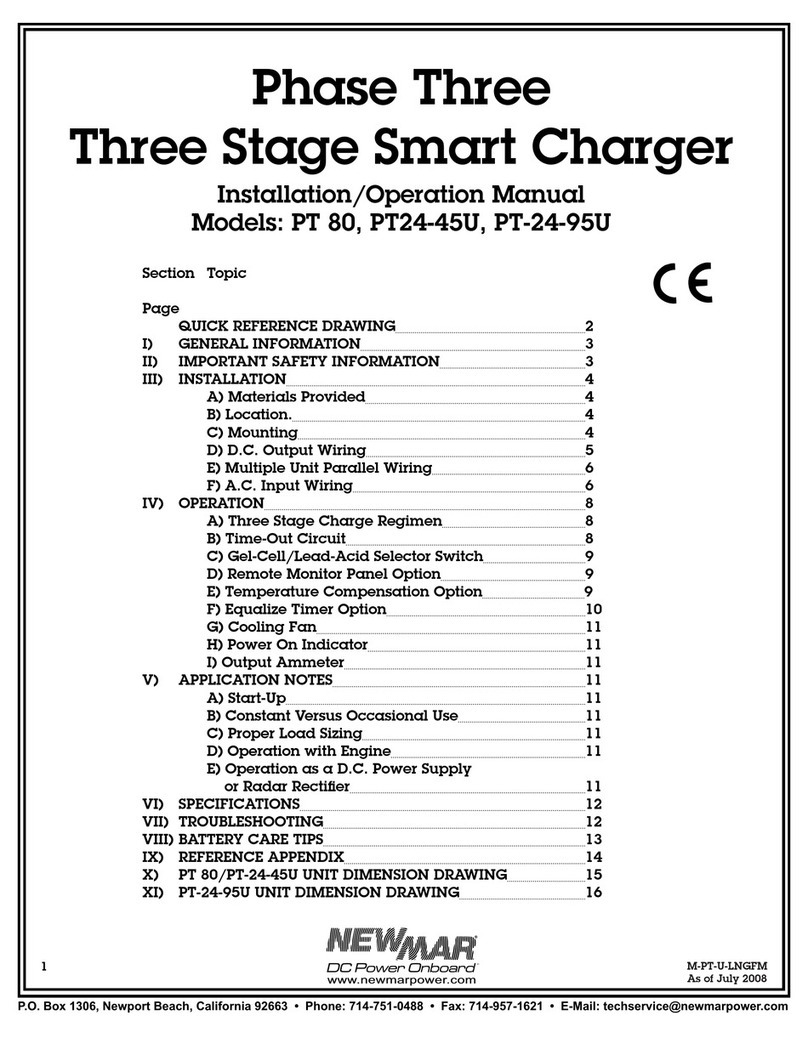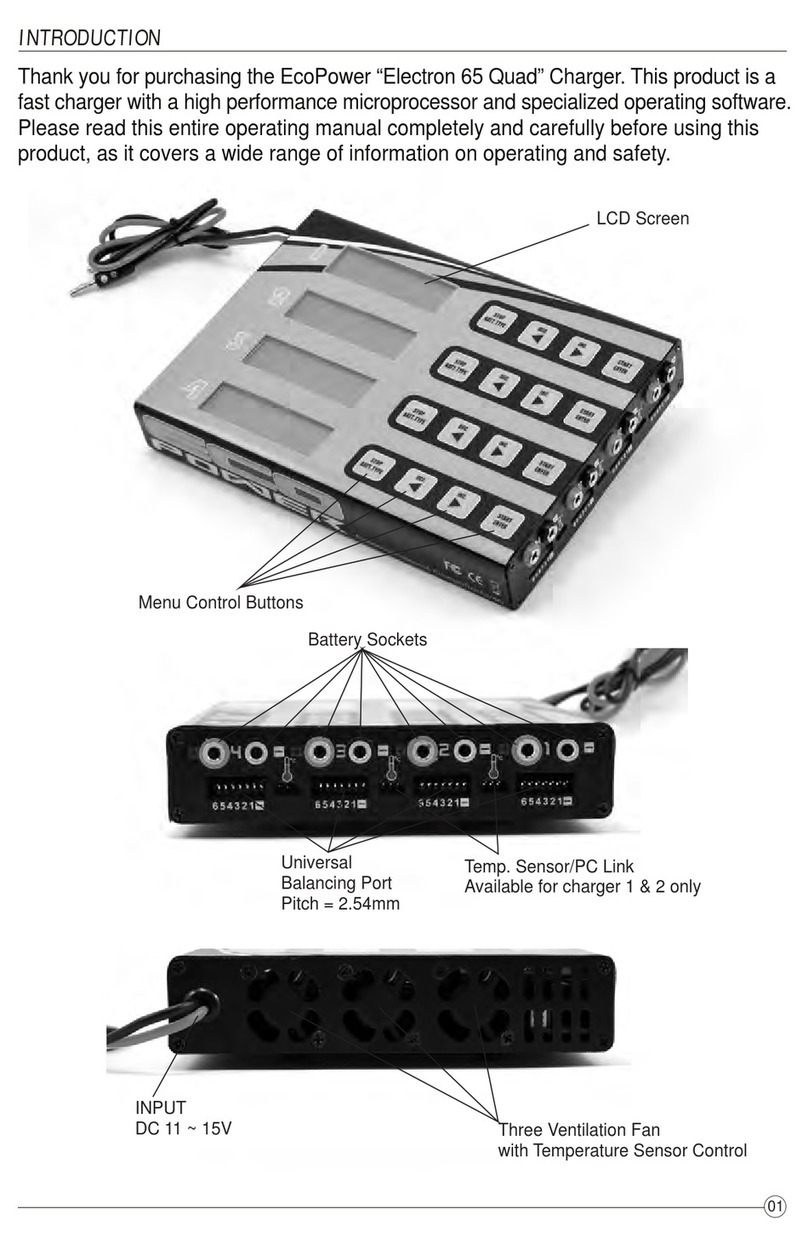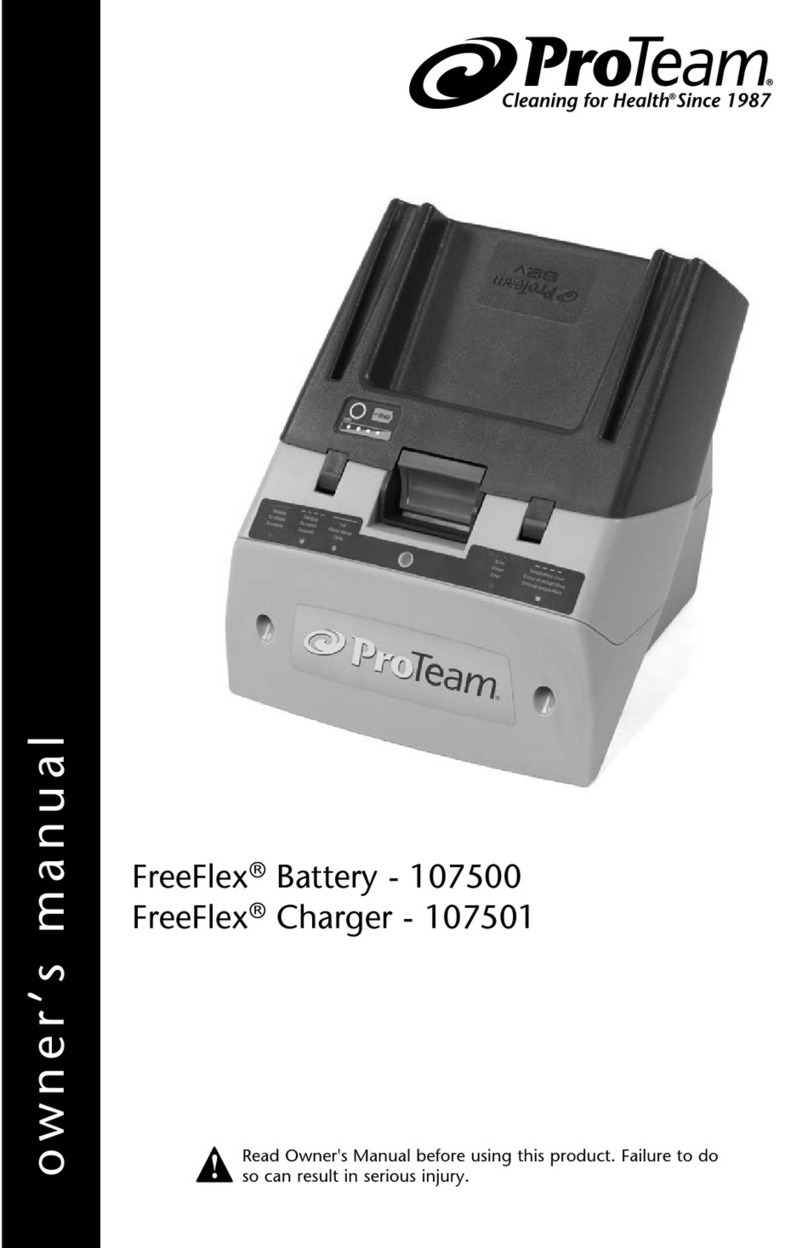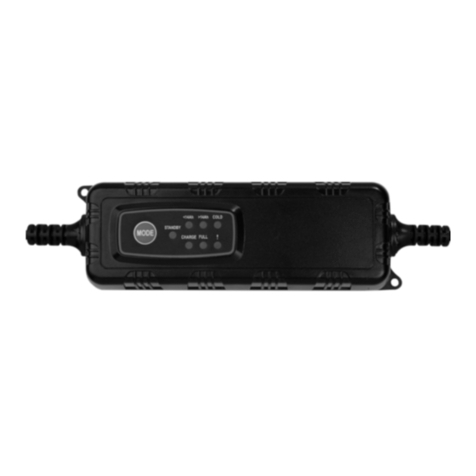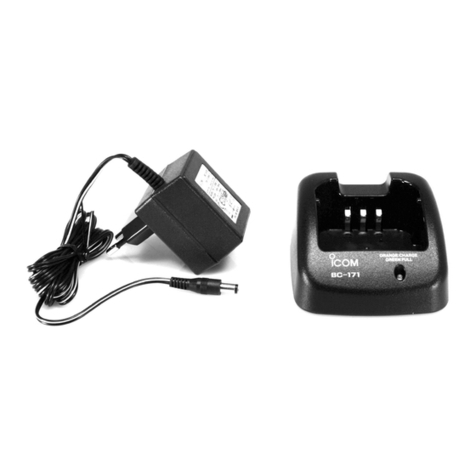GN Hearing C-1 User manual

User guide
Premium Charger

Table of Contents
Introduction 3
Intended purpose 4
Symbols 5
Getting to know your charger 7
Getting started 9
Cleaning and maintenance 15
General warnings 16
General precautions — Wireless hearing aid chargers 17
Battery warnings for your hearing aid charger 18
Charger warnings 20
Warnings to hearing care professionals 21
Technical specifications 22
Troubleshooting 23
Warranties and repairs 27
Temperature test, transport, and storage information 28
Statement 29
Acknowledgements 32
2

Introduction
Thank you for choosing our products and congratulations on the purchase
of your new rechargeable hearing aids and charger. Our innovative
recharging technology gives you expanded freedom and flexibility.
To benefit fully from your new charger, please read this manual carefully.
With proper care, maintenance and usage, your hearing aids and charger
will give you years of improved hearing and communication.
This user’s guide contains instructions on how to use your charger. For
information on using your hearing aids, consult the hearing aid user
guide.
Introduction 3

Intended purpose
The hearing aid charger is intended to charge rechargeable hearing aids.
The charger is intended to be used only with our rechargeable hearing
aids.
The hearing aid charger is intended for use by lay persons.
No known contraindications.
4Intended purpose

Symbols
WARNING: Points out a situation that could lead to
serious injuries.
CAUTION: Indicates a situation that could lead to minor
and moderate injuries.
NOTE:Advice and tips on how to handle your charger.
Follow instructions for use.
Legal manufacturer.
Date of manufacture.
Complies with ACMA requirements.
Complies with IMDA requirements.
Symbols 5

MD
Medical device.
UDI
Unique Device Identification.
Please ask your local hearing care professional about the
disposal of your charger.
NOTE: Country-specific regulations may apply.
6Symbols

Getting to know your charger
Receiver bay
Hearing aid
charging bay
Right (red)
color coding
Left (blue)
color coding
Hearing aid
battery lights
Getting to know your charger 7

Back view of charger
Charger
battery lights
Charging cable port
Charging cable
8Getting to know your charger

Getting started
Placing your hearing aids in the charger
Fully charge your hearing aids before using them.
1. Plug the supplied power adapter into
a power outlet and connect the
charging cable to the hearing aid
charger.
Getting started 9

2. Place your hearing aids into the
charging bays as shown to the right.
The right hearing aid goes into the
charging bay with the red color
coding. The left hearing aid goes into
the charging bay with the blue color
coding.
If there is a sports lock attached to your receiver, be careful when placing
the receiver into the charging bay.
WARNING:
•Avoid charging your product in extremely high or low
temperatures.
•Do not use the charger outdoors or in damp areas.
•For safety reasons, use only the charger provided with your
hearing aid.
10 Getting started

CAUTION: Before putting your hearing aids into the charger,
ensure that they are dry.
Charging your hearing aids
While your hearing aids are charging, the on/off light on your hearing aid
will blink slowly. When fully charged, the light remains on (not blinking)
until your hearing aid is removed from the charger.
When charging
– blinking.
When fully charged
– on, until removed.
When you insert your hearing aids into or remove them from the charger,
the five lights on the front of the charger show the charge level of the
hearing aid with the LOWEST charge. They light for 10 seconds and then
Getting started 11

turn off. If your hearing aids are in the charger, they will continue to
charge.
Charger lights
Number of lights Battery level
•0-20%
•• 20-40%
••• 40-60%
•••• 60-80%
••••• 80-100%
12 Getting started

Charging the charger
Plug the power adapter into a power
outlet and connect the charging cable
to the hearing aid charger.
The three lights at the back of the
charger show the charge level of the
charger. One red blinking light
indicates that the battery is low and
needs to be recharged. Three green
lights mean it is fully charged.
When the charger is fully charged, it can fully charge your hearing aids
three times before the charger itself needs to be plugged in and
recharged.
Getting started 13

Number of lights Battery level
• Light blinking red – less than 10%
remaining
• 10-33% charged
•• 33-66% charged
••• 66-100% charged
NOTE:
•When charging your hearing aid charger for the first time, let it
charge for at least 3 hours, even if the battery lights indicate
that the battery is fully charged.
•It is safe to leave the charger connected overnight. The
batteries in both the hearing aid charger and the hearing aids
cannot be overcharged.
14 Getting started

Cleaning and maintenance
Cleaning your hearing aid charger
1. Clean the outside of the charger using a dry, clean cloth.
2. Clean the charging bays using a clean cotton swab.
WARNING: Do not use liquid to clean your hearing aid charger.
Care and maintenance
NOTE: To have the best user experience, and to prolong the life of
your charger, follow these steps:
•Keep your hearing aid charger dry and clean.
•To remove grease and moisture, wipe the hearing aid charger
with a dry, soft cloth after use.
Cleaning and maintenance 15

General warnings
WARNING:
•Consult airline for details regarding transportation of your
hearing aid charger.
•Keep your hearing aid charger away from excessive heat like
ovens or microwave ovens and direct sunlight. The heat may
deform the casing, damage the electronics and deteriorate the
surfaces.
•Never use your hearing aid charger in places with explosive
gases such as mines, oil fields, or the like unless these areas
are certified for hearing aid use. Using your hearing aid charger
in places that are not certified can be dangerous.
16 General warnings

General precautions — Wireless
hearing aid chargers
CAUTION:
•When wireless function is activated, the device uses low-
powered digitally coded transmissions in order to communicate
with other wireless devices. Although unlikely, nearby
electronic devices may be affected. In that case, move the
hearing aid charger away from the affected electronic device.
•For safety reasons, use only the charger supplied by the
manufacturer.
General precautions — Wireless hearing aid chargers 17

Battery warnings for your hearing
aid charger
NOTE: Your hearing aid charger contains a Li-Ion battery.
WARNING:
•Do not attempt to open the product or replace the battery. This
will terminate the warranty.
•The battery is built-in and cannot be replaced. Use of other
batteries may present a risk of fire, explosion, or chemical burn.
Dispose of rechargeable products according to local
regulations. Please recycle when possible. Do not dispose of
the rechargeable product as household waste or attempt to
burn it as it may explode.
•Batteries are harmful to the environment. Therefore, never try
to burn them. Dispose of your used hearing aid charger
according to your country’s regulations or return it to your
hearing care professional.
•If the outer casing of your rechargeable charger is broken, the
rechargeable batteries inside may leak. In this case, do not
18 Battery warnings for your hearing aid charger

attempt to use the charger. Contact your hearing care
professional.
•Battery leakage can cause chemical burns. If you get exposed
to battery leakage material, rinse immediately with warm water.
If you get chemical burns, redness, or skin irritation from battery
leakage, seek medical attention.
Battery warnings for your hearing aid charger 19

Charger warnings
WARNING:
•When you disconnect the power cord or any enhancement,
grasp and pull the plug, not the cord.
•Never use a damaged charger. A damaged or incorrectly
reassembled charger can cause electric shock or fire when the
product is subsequently used.
•Do not attempt to disassemble the charger as it may expose
you to dangerous electric shock and cause the termination of
the warranty.
20 Charger warnings
Table of contents
Other GN Hearing Batteries Charger manuals
